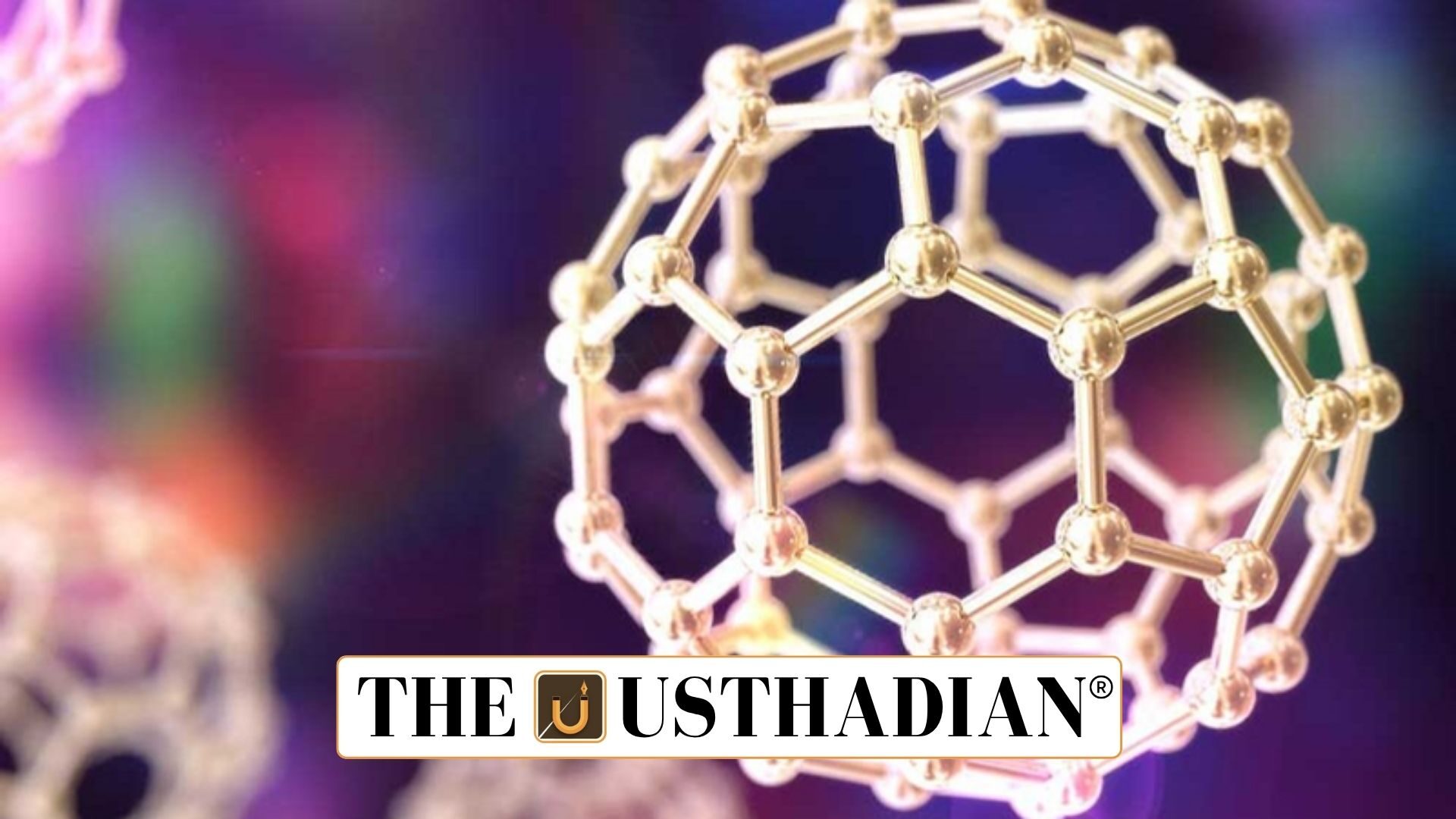Common minerals to tiny particles
IIT Madras Breakthrough in Nanoparticle Formation: IIT Madras researchers have recently uncovered a fascinating way to break down common minerals like river sand, ruby, and alumina into nanoparticles. What makes this breakthrough unique is the use of charged microdroplets—tiny water droplets roughly 10 micrometers in size.
These microdroplets are not new to nature. They’re formed when ocean waves crash or during certain atmospheric processes. But now, they’re being harnessed in labs for instant nanoparticle creation. The process is surprisingly efficient and could reshape the way we think about both soil science and nanotechnology.
Why microdroplets matter?
So, what’s the big deal about these charged microdroplets? For one, they boost chemical reactions significantly. That means minerals that normally take ages to wear down through natural weathering can now be broken almost instantly.
This could change how we form soil artificially—by accelerating the weathering process. And in agriculture, where minerals like silica are vital for the growth of crops such as rice and wheat, this opens up opportunities to enhance crop yield naturally.
Understanding nanoparticles
Nanoparticles are incredibly small—ranging from 1 to 100 nanometers. Their shape, size, and internal structure dictate their behavior. You can find them as aerosols (solid or liquid particles in air), suspensions (solids in liquids), or emulsions (liquids in liquids).
These particles can form naturally through processes like erosion or human activities such as cooking, transport, or industrial work. There are two major methods to manufacture them:
- Top-down approach: Breaking larger particles into nano-sized pieces.
- Bottom-up approach: Building them from atoms or molecules upward.
Uses of nanoparticles in daily life
The uses of nanoparticles are surprisingly broad. In medicine, they’re used for targeted drug delivery, gene therapy, and even tissue repair. In industry, they offer stronger and lighter materials, useful in everything from car parts to electronics.
In food packaging, they help keep food fresh by using antimicrobial agents or modifying gas permeability. Even air purification and wastewater treatment are being improved using nanobubbles or nanofiltration systems. And let’s not forget the use in printed electronics, especially carbon nanotubes, which are revolutionizing circuits.
Static Usthadian Current Affairs Table
IIT Madras Breakthrough in Nanoparticle Formation:
| Topic | Detail |
| Institution | IIT Madras |
| Discovery Year | 2025 |
| Key Process | Microdroplet-induced nanoparticle formation |
| Important Minerals Used | River Sand, Ruby, Alumina |
| Microdroplet Size | ~10μm |
| Natural Sources of Microdroplets | Ocean waves, Atmosphere |
| Application in Agriculture | Enhancing crop growth in rice and wheat |
| Nanoparticle Size Range | 1–100 nanometers |
| Formation Approaches | Top-down, Bottom-up |
| Key Uses | Medicine, Industry, Food, Environment, Electronics |
| Static GK Fact | First nanotech-based water purification system was developed in India |
| Related Crop | Rice (needs silica) |
| Nanotech in Food Packaging | Increases shelf life with antimicrobial properties |








